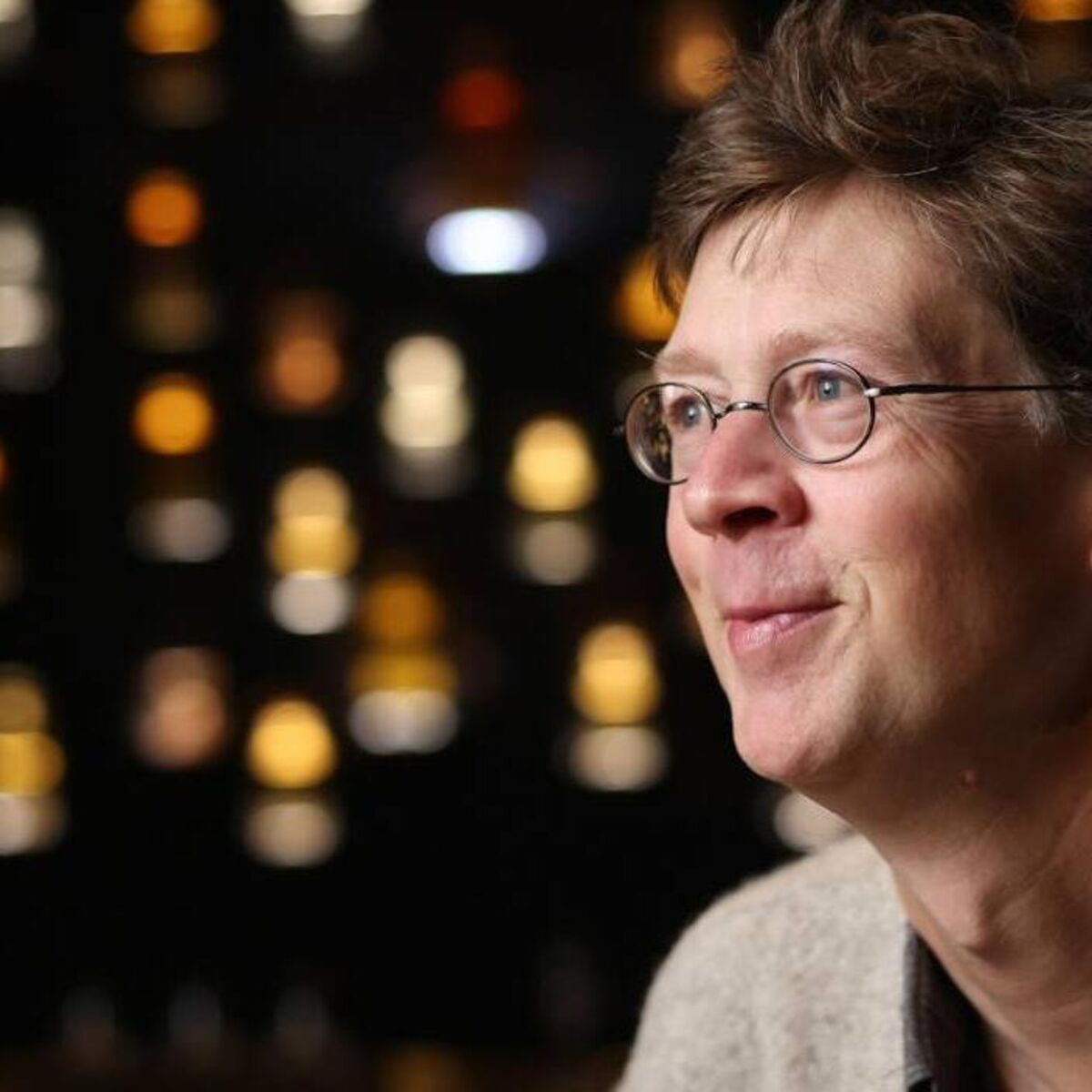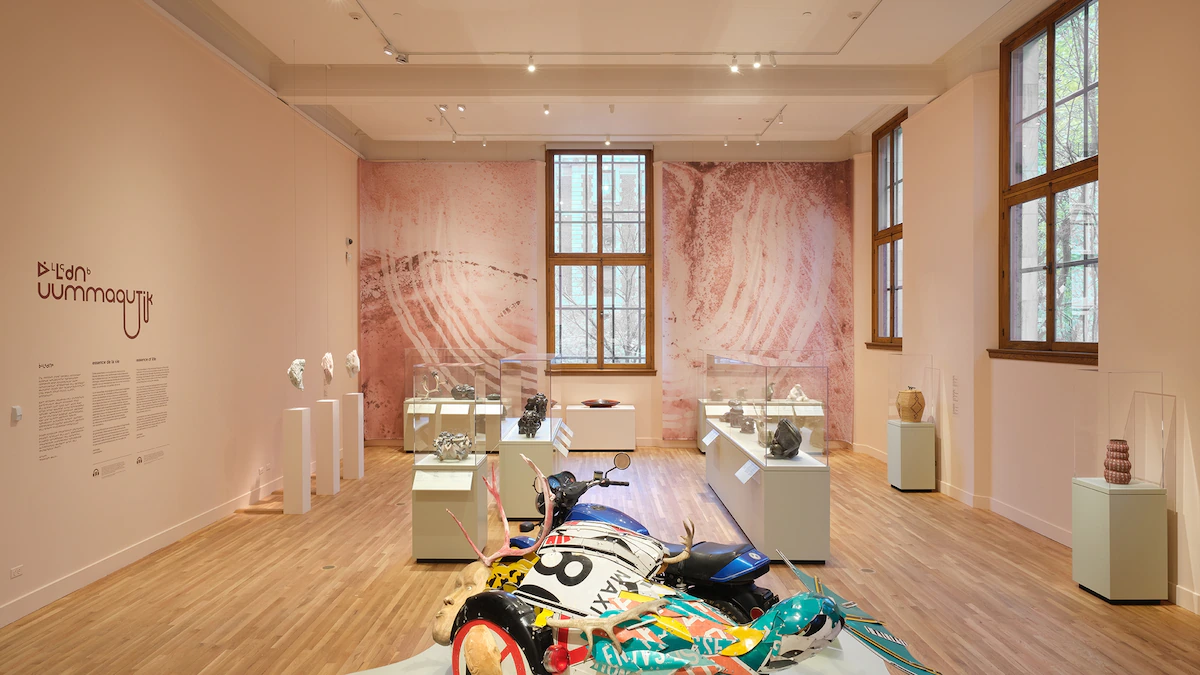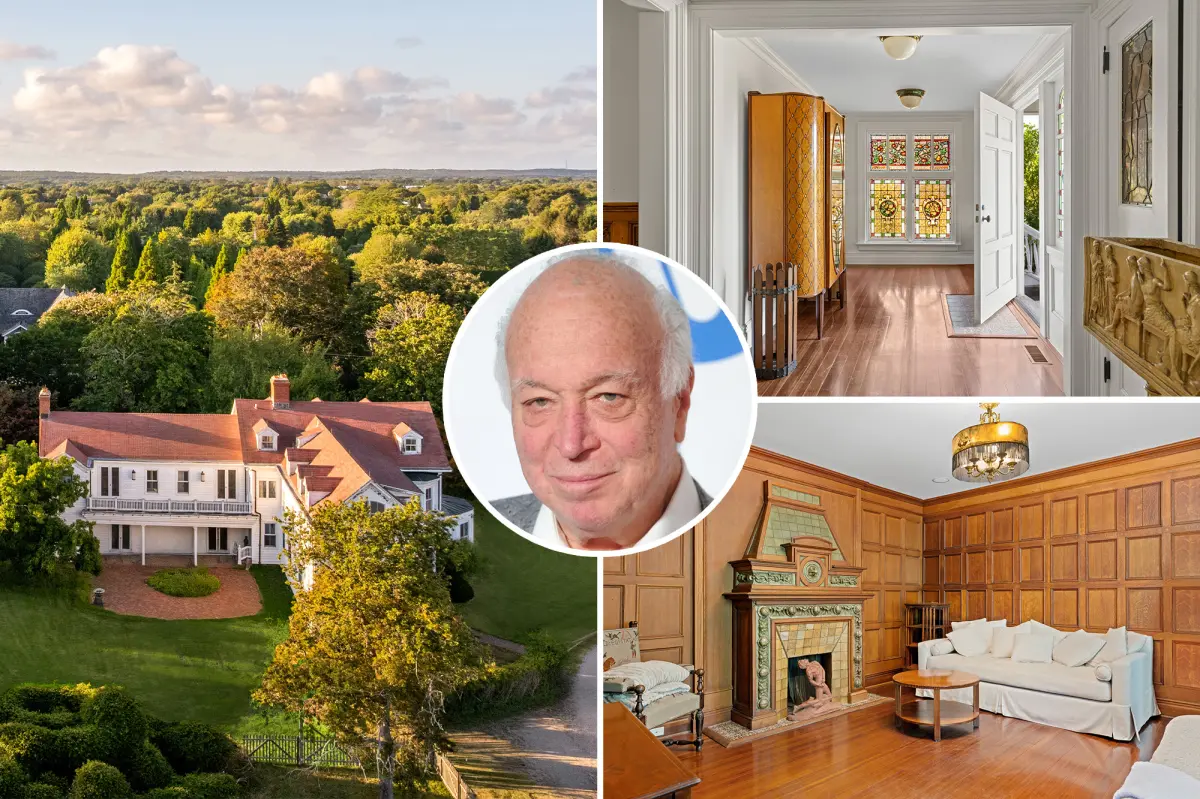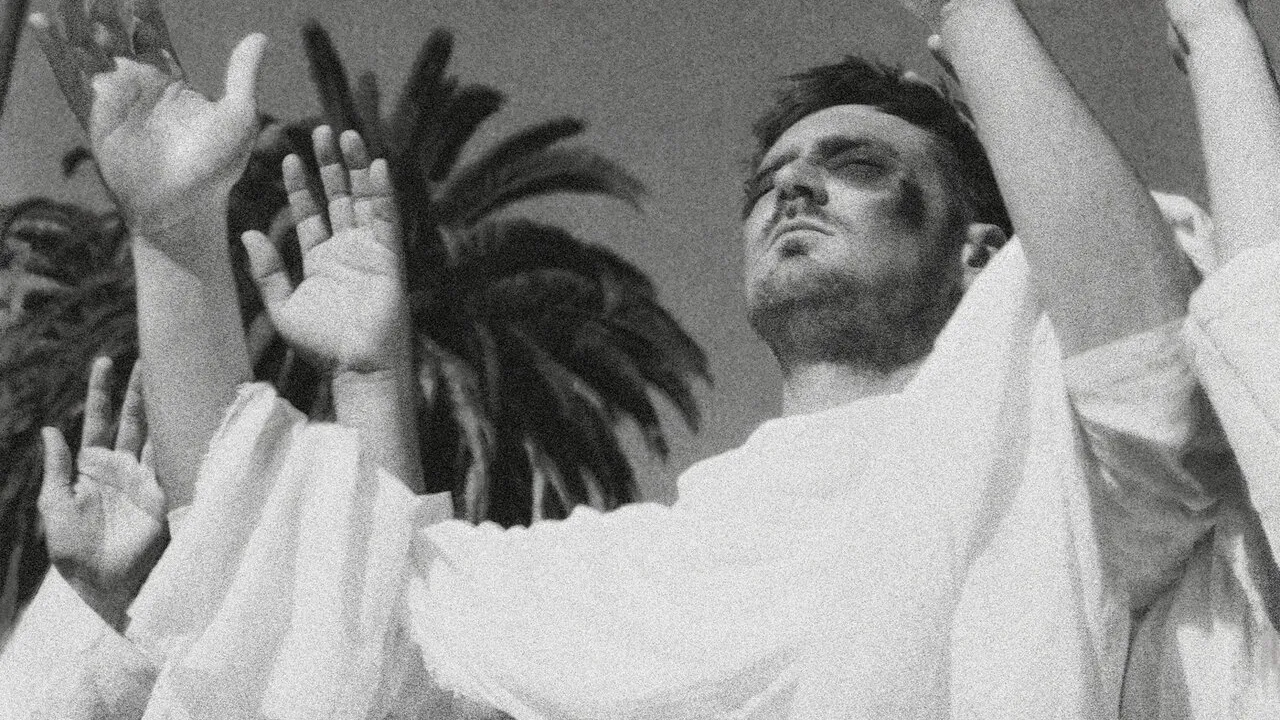Copyright echolive

When I heard a few weeks back that Manchán Magan had died, I was sad and upset. I never met him but so adored his work, his wit, and his connectivity to so many things that I love. It was the English writer GK Chesterton who made the statement, ‘Never take down a fence until you know why it was put up’, and it’s a quote I’ve often used, and in many different contexts. It’s a gem of wisdom all about change and conserving what’s worth keeping. Why change a custom or a law if we don’t really understand the origins of it in the first place? Why have change just for the sake of change? Chesterton was a writer and a thinker, a philosopher, and I suppose Manchán was cut from the same cloth - different backgrounds, different cultures, yet both could relate life to our roots and the earth upon which they and we trod. About five or six years ago, Manchán had a show touring about making bread ‘as gaeilge’ where he wove English and Irish together as he kneaded and mixed and baked, and stressed the importance of bread – ‘the staff of life’. I nearly had tickets booked for the show one night but, sadly, something came up and I never got there. Just a short few weeks before his death, Manchán did a poignant interview with Brendan O’Connor on RTÉ Radio. He came to the studio straight from his hospital bed in St James’ Hospital. With five years he had been battling cancer, but this year things took a turn for the worst and his diagnosis had changed dramatically. He spoke openly and frankly about the disease he was fighting gamely. He recently brought out a gorgeous book, Ninety Nine Words For Rain (And One for Sun), and in the interview he was gushing like a mountain stream as he poured forth in Irish, and with so many other musical, poetic idioms. He hoped to get another book finished - he had 50,000 words already written. “Weeks, months - possibly a year or two,” was what he told Brendan the future might hold for him in this world. One listener commented, ‘Haven’t we the fortune to walk this lovely land alongside this wonderful man’ -how true. I’m not sure when I first came to be aware of the writer, broadcaster, traveller, hermit, and naturalist that Manchán was, but Telefís na Gaeilge (now TG4) had a lot to do with it. This lanky, hair-tousled free spirit presented wonderful travelogues from here, there and everywhere. His Irish was musical and poetic, but he could go from Gaeilge to Béarla and Tibetan in the one sentence! Like Hector and others, Manchán made speaking Irish acceptable and fashionable. He regarded the Irish language as a kind of key to the absolutely magnificent world of our Gaelic culture - much of which remains hidden. Manchán, and others like him, have rightly given TG4 a top class reputation as a television station which does work, go h-iontach, in promoting Irish and all things Irish. When I was in my teens, I knew a man very like Manchán. A farmer here in our parish, Tom Scanlan wasn’t fluent in Irish – I never had a conversation with him as Gaeilge. But he knew Irish words for everything and every place in this neighbourhood. He was ‘big into’ Celtic spirituality and told me about the druids, and the tuatha dé dannain and the ancient gods that our ancestors worshipped. He gave us great help with aspects of parish history, especially putting meaning on the names of humps and hollows, river bends and twists. There’s a townland called Curraghphilibode - now, ‘curragh’ is generally a flat place, even a bog, and though no one ever heard of Philpotts around here, the accepted translation was ‘Philpott’s bog’ . Tom rubbished this and his translation was ‘Currach - file - boand’ or the ‘flat place or plain of the poet of the cow goddess Boand’ -who was right or who was wrong? He’d talk of Boreenaleasa, Lisbrien and Bóithirín a chra because he had heard tales of those places from his father before him. Tom always had great cattle, Herefords, and there’d be fat falling off them. He fed them well, made great silage, but most of all, he believed in being ‘kind’ to the land and to animals. He often told me he wasn’t a very religious man, but his beliefs were much older than any religion - that’s spirituality, something Manchán lived his life by. Seeing creation all around and about us perhaps makes one more awe-full at the splendour of it all. Growing up, I don’t think I ever heard the word ‘environment’ used, no, nor biodiversity either, but living on the land we kinda knew about these things - maybe without even being told. Yet I often wondered why is there a severe turn in the ditch above the Boiler House Field? A lot of the fences are fairly straight, but why the turn there? I’ve no answer and those that fixed those stones and sods are long, long gone. Maybe the wind that blew up along the Owenacurra valley down below us was cold in the winter and the twist in the ditch ‘broke’ the breeze and afforded shelter to animals on the other side in the winter. In Newgrange and Knowth, and in the Pyramids of Egypt, and Stonehenge in England, our ancestors worshipped in their own peculiar way. Nature and the vagaries of climate and the changing seasons all impinged on their lives. Manchán understood all this - yes, he was mystified too, but he respected and valued the everlasting links between people and their surrounds. Yes, there are 32 words for a field -around here we have páirc, gort, tuair, port, and so on. Living in harmony with the land, the soil, the very earth that grows our food and nourishes animals, was always so important to the generations gone before us. They knew the importance of things like lime and dung, and the role beetles and worms play in improving the land. I suppose, with increasing mechanisation and the ever-increasing demand for more and more productivity, a lot of the old ways and old lore was lost. Manchán Magan was a dreamer, but in a beautiful and deep-meaning way. His head was full of positivity and a grá for everything in our landscape and culture that’s worth preserving. Listening back to his radio interview is a reminder of the absolute big-hearted man he was. He knew his time was short, yet he yearned to publish a book along the lines of Rewilding The Mind. What a deep and profound thinker he was, and he was so anxious that people would declutter and de-social media and de-AI their minds. A truly great Irishman of our times, but really a man for all ages. He loved his bees, and only recently he followed an age-old tradition of telling the bees of change or impending death. Yes, he was positive but aware of his own mortality too, so he got a neighbour to go to the hives and tell the bees the bad news. “Myths are beyond reason, beyond thinking,” he said. Slan a chara, gone from our sight but with us every day when we walk the land, feel the land, hear the grass grow, and have the wind at our back.



